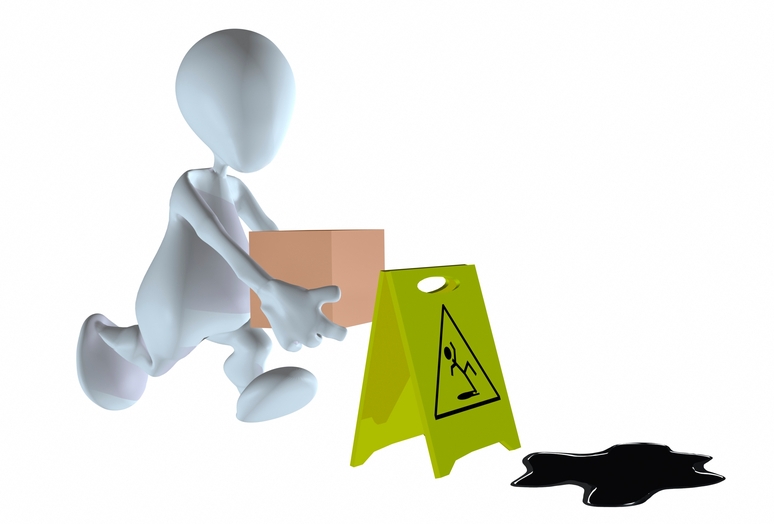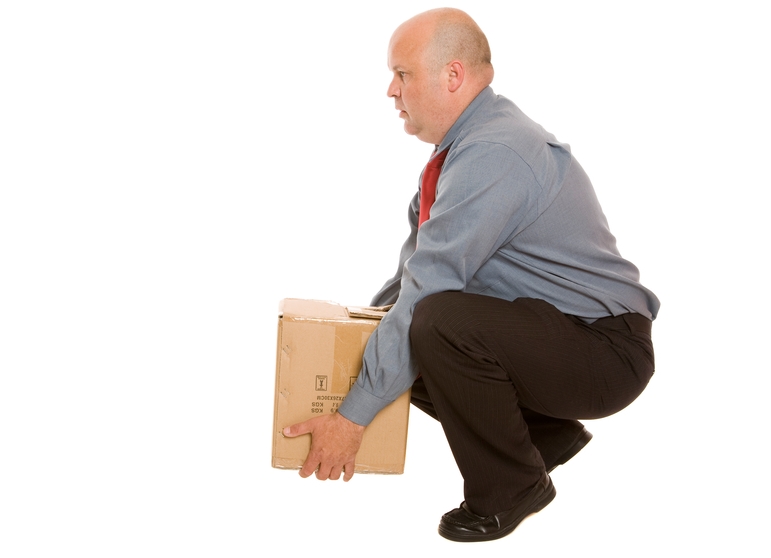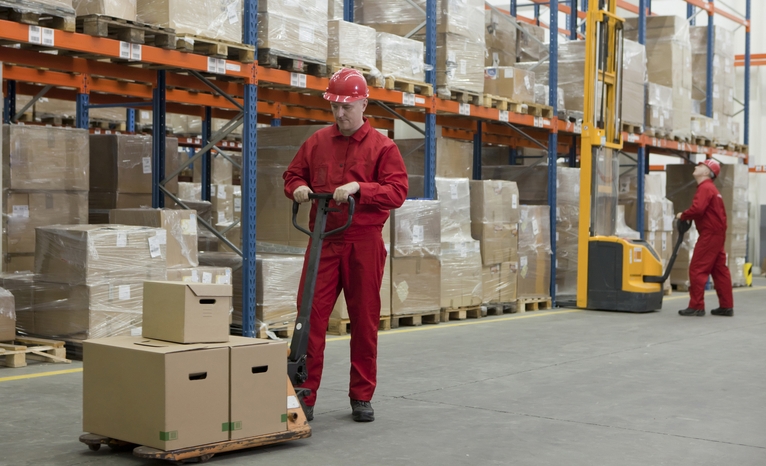10 tips for lifting safely on the job

A manual material handling task means one that requires moving materials by hand by pushing, pulling, carrying, lifting, lowering or stacking.
Musculoskeletal disorders generally involve strains and sprains to the lower back, shoulders, and upper limbs — often as a result of not lifting correctly — and they can be among the top 10 most costly workplace injuries. They can result in extensive periods of pain, disability, medical treatment and financial stress for the injured workers, and employers often find themselves absorbing the costs, either directly or through workers’ compensation insurance, while also dealing with some level of reduced physical capacity of their workers.
Related: Top 5 most common workplace accidents and injuries
Employers can reduce the incidence of many strains and sprains by training all employees to lift safely. Here are 10 tips for lifting safely from Jacksonville, Florida-based Main Street America Group.

1. Avoid standing too far from the load.

(Photo: iStock)
2. Consider breaking up your loads into multiple intervals.

(Photo: iStock)
3. Don’t judge weight by the size of the load.

4. Test every load before you lift it.

(Photo: iStock)
5. Identify in advance your intended path.

(Photo: iStock)
6. Avoid taking loads over slippery or uneven surfaces.
Related: 10 factors influencing the treatment of chronic pain
(Photo: iStock)
7. Keep your back straight and bend your knees to the floor.

(Photo: iStock)
8. Use proper support systems.

(Photo: iStock)
9. Lift with a slow steady force.
